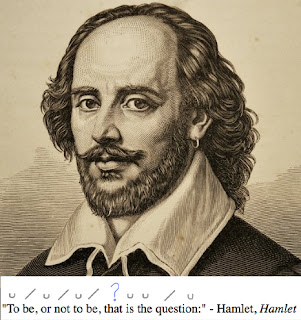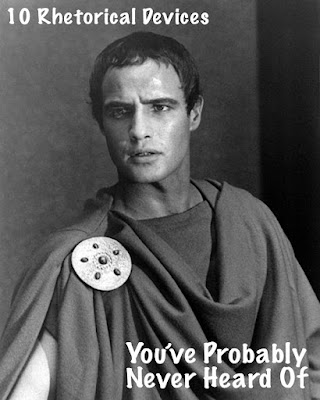West Side Story
Returning to Broadway in February 2020 (previews out on December 10, 2019), West Side Story is an adaptation of Shakespeare’s tragedy, Romeo and Juliet. The musical tracks Shakespeare’s play not only in characters and plot, but also in language.
Clearly, Tony and Maria are adaptations of the “star-cross’d lovers” (I.1) Romeo and Juliet. West Side Story adds the dimension of race to Shakespeare’s family feud between the Capulets and the Montagues––who are mirror by the Jets and the Sharks (respectively). The New York gang leaders, Riff of the Jets and Bernardo of the Sharks, share qualities with the lords of the Verona families. For example, both Riff and Lord Capulet become intense and angry as the story progresses. Both Juliet and Maria are trapped in arranged marriages: Juliet to Paris and Maria to Chino. In West Side Story, the wise Doc offers his store as a neutral space, and attempts to rationalize with the hot-headed Jets to keep Tony safe––much like Friar Laurence offers Romeo advice, harbors him, and prevents him from killing himself.
The two most romantic scenes of both Shakespeare’s play and Bernstein and Sondheim’s musical, the scene when the lovers first meet and the balcony scene, resemble each other in setting and language. Maria first meets Tony at a neighborhood dance, while Juliet first meets Romeo at a masquerade party at her house. Both pairs of lovers reflect on their meeting in religious language. Romeo refers to his first kiss with Juliet as “[his] prayer.” (I.4) Tony compares his lover’s beautiful name to “praying.” (Maria) That night, Romeo stays near the Capulet house and wonders “what light through yonder window breaks?” (II.2) before realizing that “It is the east and Juliet is the sun!” (II.2) As he too falls further into his forbidden love, Tony imagines Maria to be the source of light when he sings “Tonight, tonight / The world is full of light, / With suns...all over the place.” (Tonight)
photo credit: Playbill
Clearly, Tony and Maria are adaptations of the “star-cross’d lovers” (I.1) Romeo and Juliet. West Side Story adds the dimension of race to Shakespeare’s family feud between the Capulets and the Montagues––who are mirror by the Jets and the Sharks (respectively). The New York gang leaders, Riff of the Jets and Bernardo of the Sharks, share qualities with the lords of the Verona families. For example, both Riff and Lord Capulet become intense and angry as the story progresses. Both Juliet and Maria are trapped in arranged marriages: Juliet to Paris and Maria to Chino. In West Side Story, the wise Doc offers his store as a neutral space, and attempts to rationalize with the hot-headed Jets to keep Tony safe––much like Friar Laurence offers Romeo advice, harbors him, and prevents him from killing himself.
The two most romantic scenes of both Shakespeare’s play and Bernstein and Sondheim’s musical, the scene when the lovers first meet and the balcony scene, resemble each other in setting and language. Maria first meets Tony at a neighborhood dance, while Juliet first meets Romeo at a masquerade party at her house. Both pairs of lovers reflect on their meeting in religious language. Romeo refers to his first kiss with Juliet as “[his] prayer.” (I.4) Tony compares his lover’s beautiful name to “praying.” (Maria) That night, Romeo stays near the Capulet house and wonders “what light through yonder window breaks?” (II.2) before realizing that “It is the east and Juliet is the sun!” (II.2) As he too falls further into his forbidden love, Tony imagines Maria to be the source of light when he sings “Tonight, tonight / The world is full of light, / With suns...all over the place.” (Tonight)
photo credit: Playbill




Comments
Post a Comment
All comments are moderated by the Green-Eyed Blogger to avoid spam. If you do not see your comment right away, do not worry; it is simply undergoing our routine moderation process.